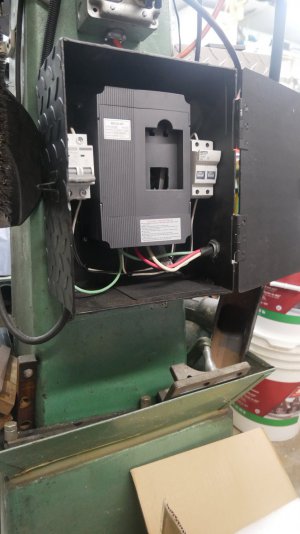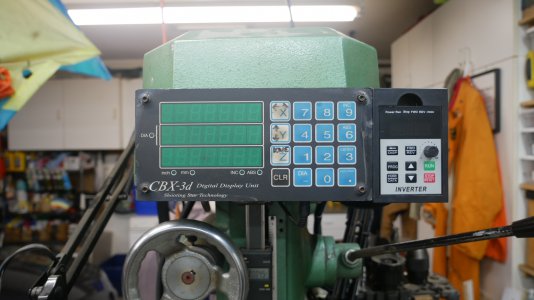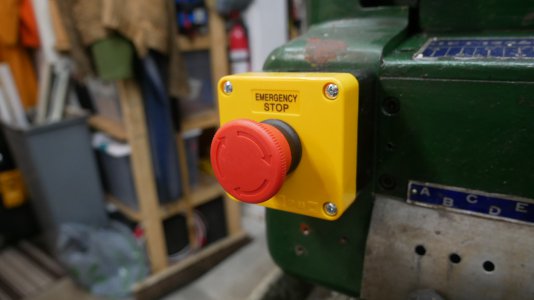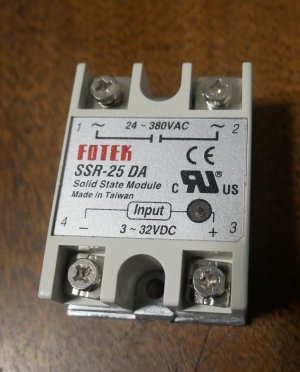Two difference purposes of an E-Stop, one is a fail safe to prevent a machine from being functional (run state on), the other is to stop the machine as fast as possible to minimize injury, this includes in some cases a destructive means (like SawStop). In most hobbyist machinist cases or single user, one wants to stop the machine as quickly as possible and also deactivate run controls as well as prevent a restart situation. In some case both methods can be achieved in that one can uses a contactor on the power in side, which drops out when the VFD is at 0 speed via the programmed inputs or one can use the Safe Torue Off (STO) function which is in most newer (not generic VFD's). Solid state relays do typically fail in the on position and also in the off position they still have some leakage, a contactor would be a better choice if used in that configuration.
External braking resistor (if supported) can significantly shorten the stopping time, older/generic VFDs tend to not have programming features that prevent an over voltage buss fault that can occur if the braking is set to aggressively or high momentum loads like in lathes. Newer VFD's have programming features which provide controlled fast braking without an over voltage error (i.e. the braking rate is controlled to maximize braking but not cause an over voltage error). Some VFD's have a programed emergency stop input with a separate deceleration rate and also will not allow a restart unless all run commands are cancelled (this include 2-wire control).
Dropping out the VFD power is not consistent with fast stopping if that is the goal of your E-Stop, otherwise if working on the machine for safety reasons disconnect the power, or if you want to prevent the possibility of a run command then disconnect the run commands (activate the STO) with the E-Stop, but beware that if you are running 2 wire control the machine can restart when you release the E-Stop. Frequent on/off/on cycling of the VFD can/will cause the inrush circuit to fail.
Example of the importance of a fast stop feature w/o a VFD buss over voltage error, my mill normally stops in 3 seconds, the other day running it at high speed (4500 RPM) with a heavier keyless chuck, on stopping it went into an over voltage error and took about 20 seconds to stop. Had this been an emergency stop situation it would have not been very good. First time this has occurred, but represents a significant issue that I need to address. This would be even more serious on my lathe.





